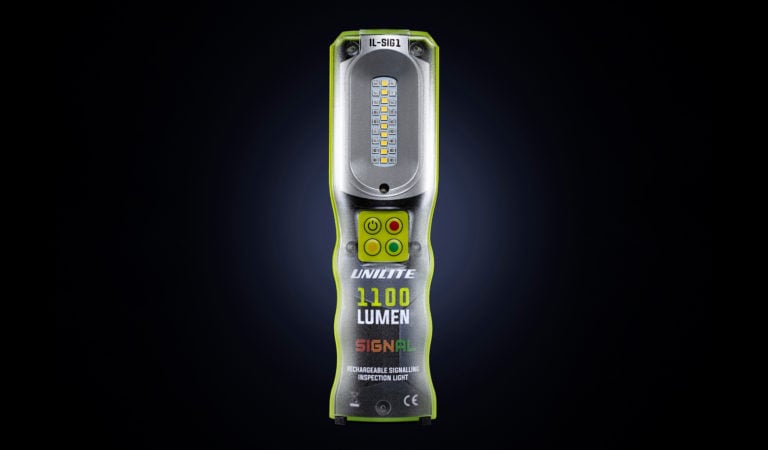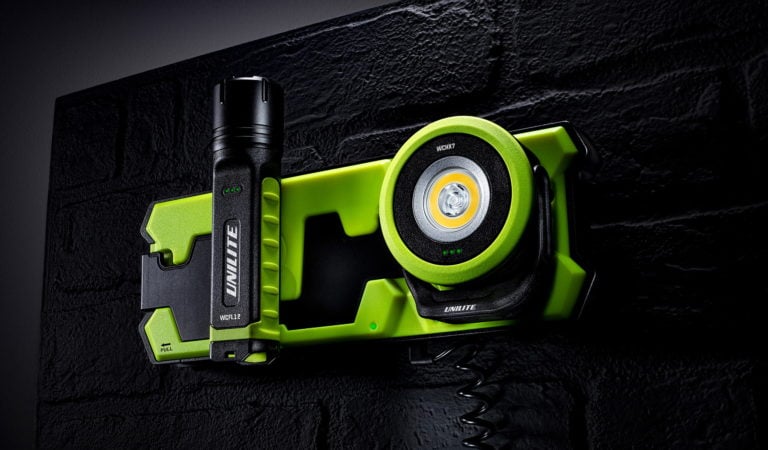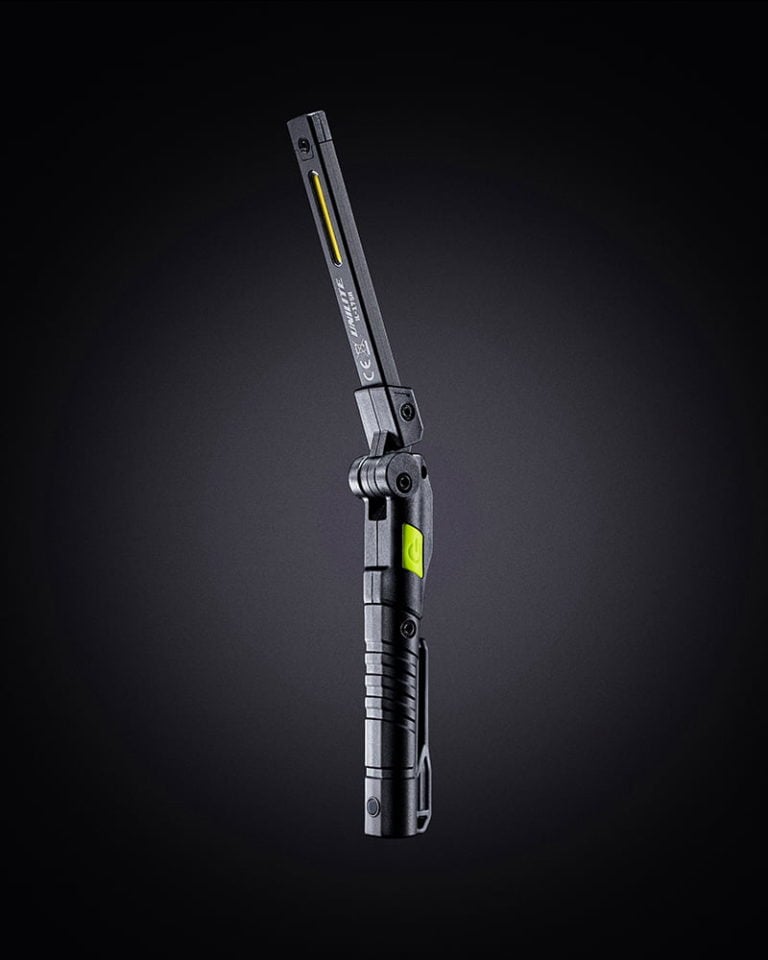A common question is, what is CRI? You may have heard of it from the trade you are in or be completely new to the concept. Hopefully, we can explain a little more about what it is and what it is used for.
CRI- Let’s get technical
CRI stands for Colour Rendering Index. This is the measurement of how colours look under a light source compared with sunlight. For example, if you were looking at a pair of dark blue socks in your wardrobe they might look black and vice versa. This will usually be down to a light with a low CRI rating. This means that light will ‘render’ itself as a different colour than what it really is.

CRI is rated from 1 to 100, with the highest numbers offering the best representation of pure sunlight. Unilite have launched a range of High CRI Lights that are all 96+ CRI. Compare this to the rest of the range and many standard LED worklights that operate at around 80 CRI.
Why is a banana yellow?
The colours we see are a result of the ‘Visible Light Spectrum’. The sun sends down white light that contains red, orange, yellow, green, blue, and violet wavelengths. When this sunlight hits an object, the object absorbs these coloured wavelengths and bounces back any it does not need. The colour that bounces back is the colour of that object. It is ‘rendered’ to our eyes in this colour. For example, a banana appears yellow because it does not absorb the colour yellow.
What are high CRI lights for?
Unilite currently have 4 High CRI lights at time of writing and this number is on its way up. These are particularly useful for anyone that needs to work with precision and especially for people in the painting and detailing industries. They are also useful for people who want to work with a light that is more comfortable on their eyes!

An example of where these lights really shine, is for car exteriors. When you are matching colour swatches with paintwork you need a light source that can accurately represent the true nature of a colour and its representation in daylight. In a poorly lit workshop this is difficult to do and you run the risk of choosing the wrong colour and ruining your work and reputation. This is where having a high CRI light pays off. Unilites high CRI 96+ range operate at the highest end of the CRI spectrum. They near enough illuminate in true daylight, helping to accurately pick the right colour for the job.
Pick the right Kelvin
A risk within the painting and decorating industry is working under low CRI light bulbs within a domestic setting. This low quality light makes it difficult to accurately see the colour of the wall you are painting. Typical light bulbs in a living room will be a warm white colour, usually measured at around 3000 kelvin (k).

The kelvin scale runs from 1850k which is candlelight, to the highs of 15000k+ for a clear blue poleward sky and everything in between. This range of kelvins impacts the way a colour appears. This can change the look of a light blue wall from seeming warm and cozy to a colder more alert environment. To help to accurately pick the right colour for the job, Unilites CRI range have different colour temperatures to choose from.
Taking the CRI-1250R as an example, it has a CCT range of 2700k/4500k/6500k. This helps you to pick out the right colours and see what they will look like in different types of light. This is especially important for anyone whose work is going to be seen througout the day such as a car detailer. The 2700k represents sunrise/sunset, the 4500k represents mid-day sun and 6500k represents an overcast day. The ability to pick the right colour temperature is an integral feature of all Unilites high CRI range.

Whether you are actively in an industry that works with paint, or are just looking for a higher quality of light to mitigate the risk of eye strain, the High CRI range by Unilite are here to help you out with perfect clarity.
You can also read the Polish version of the article: https://unilite.pl/co-to-jest-cri/






